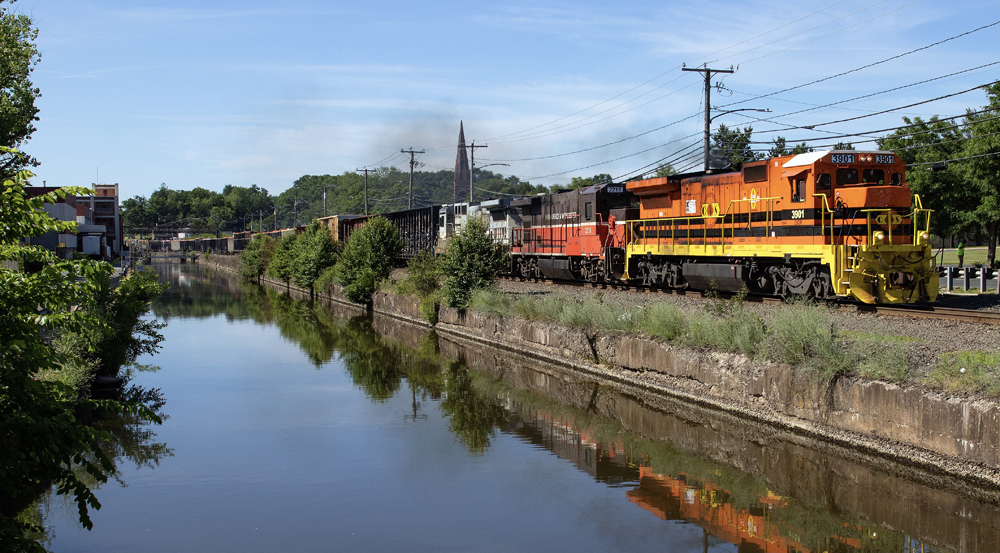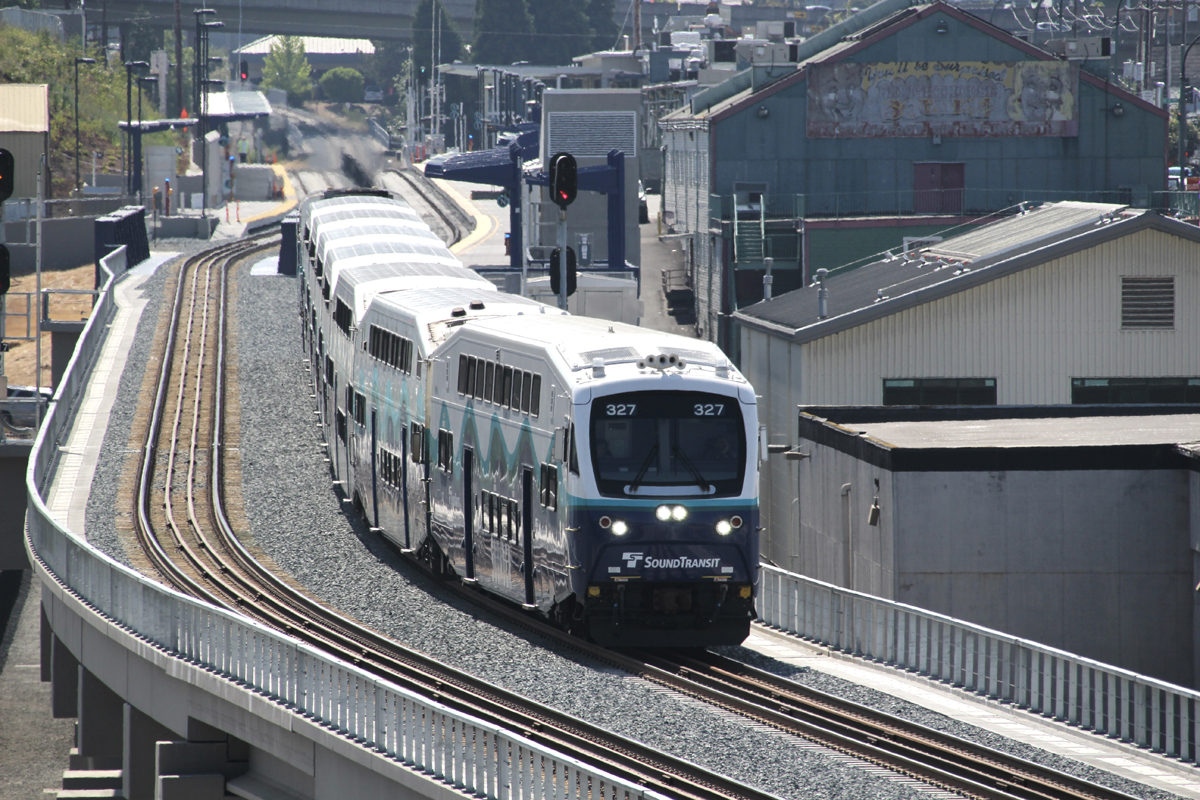
This month, the Short Line Safety Institute enters its tenth year of operations, having marked 155 completed safety culture assessments, and numerous introductions of programs and resources to benefit the short line industry in continuously improving safety culture.
Founded in response to the tragic 2013 Lac-Megantic rail accident in Quebec, Canada, on regional Montreal, Maine & Atlantic, the Short Line Safety Institute (SLSI) now provides safety culture assessments (SCAs) to passenger, commuter, tourist and historic railroads in addition to short lines.
“The motivation for SLSI came from two things,” said American Short Line and Regional Railroad Association President Chuck Baker, who in 2014 advocated for congressional support of an SLSI pilot project as a partner at government relations firm Chambers, Conlon & Hartwell. “One, there was room in the short line industry for a focus on safety beyond compliance, PPE or track maintenance. Safety culture is what happens daily on the railroad in the face of competing demands. Two, there was a desire to have a public-facing organization with its own leadership and partnership with the Federal Railroad Administration to show that the industry takes safety extremely seriously and we’re willing to invest significant time and effort to address safety practices.”
SLSI’s original team built a process that the FRA deemed “the most robust model of evaluating safety culture in the U.S. freight rail industry.” An SCA is delivered at no cost to short line railroads, using assessments that are entirely confidential and non-punitive. A formal report with best practice recommendations is provided at the conclusion of the assessment process to management. Since those early days, word-of-mouth support and a quantifiable positive impact demonstrated by SLSI and FRA studies have resulted in the assessment of hundreds of railroads, many taking the option of a second assessment to measure progress.
“SLSI has done a really impressive job of expanding the mission without losing focus on the core competency,” Baker said. “Their work is showing up in industry performance, as evidenced by ASLRRA’s Jake Safety Awards. The number of Jakes awarded ‘with distinction,’ noting zero safety reportable incidents based on FRA safety data, has risen since SLSI’s
founding.”
Following the Lac-Megantic accident, ASLRRA sent a letter to U.S. Transportation Secretary Anthony Foxx in February 2014 to propose the establishment of the Short Line Safety Institute. SLSI began as a 12-month pilot project in partnership with the FRA’s Office of Research, Development and Technology, the University of Connecticut, and Volpe National Transportation Systems Center. In August 2014, the FRA awarded grants to these organizations to support the development of SLSI.
Members of Congress also threw their weight behind the project. Senators Patty Murray (D-Wash.) and Susan Collins (R-Maine), then ranking member and chair, respectively, of the Senate Appropriations Subcommittee on Transportation, included funding for SLSI in the transportation appropriations bill for fiscal year 2015.
In September 2015, SLSI was incorporated as a nonprofit organization, and shortly thereafter the first SCA participants with a focus on short lines that transported crude oil were identified. Among the first group of seven assessors was Sam Cotton, who is now SLSI’s director of safety culture programs. SLSI then seated its Board of Directors and Advisory Board in December 2015. Included on the advisory board were Baker and current SLSI Executive Director Tom Murta.
ASLRRA Senior Vice President, Safety, Regulatory and Environmental Policy Jo Strang and ASLRRA Senior Advisor Mike Ogborn, who guided SLSI’s initial development and watched it grow over the past decade, agreed with Baker.
“From its beginning as a small pilot project in 2014, SLSI has evolved into a significant factor in helping short lines improve their safety culture and has added important training regarding hazmat, leadership, and other areas,” wrote Strang and Ogborn in an email. “The huge success of the program both with safety culture and hazmat training are our proudest moments.”
Today, SLSI continues to build on this legacy and knowledge base gleaned from the more than 155 safety culture assessments completed to date. The organization has also created a library of safety resources; offers hazardous materials (hazmat) training and leadership training; and can help railroads develop a Transportation Emergency Response Plan (TERP) or hold an Emergency Preparedness, Reporting and Response Exercise (EPRRE). And through a grant from the Pipeline and Hazardous Materials Safety Administration (PHMSA), SLSI offers hazmat safety training directly to first responders.
“It has been an honor and a privilege to serve the industry in advancing safety culture,” Murta said. “Our team is working every day to advance the mission, enhancing current programs and developing new resources for short lines to level-up their safety culture.”
For more on the Short Line Safety Institute programs visit www.shortlinesafety.org














Just like this is the 21st century the headline should read, “Short Line Safety Institute enters its second decade of operations” or “Short Line Safety Institute completes its first decade of operations”
JAMES: I too thought the headline was a bit awkward, but reading the article I also see it differently than you as well. They ‘entered their first decade’ the day they started operations in Year 1. That first decade will end when they complete Year 10, which they’re currently in. Their second decade will start at the beginning of their 11th year.